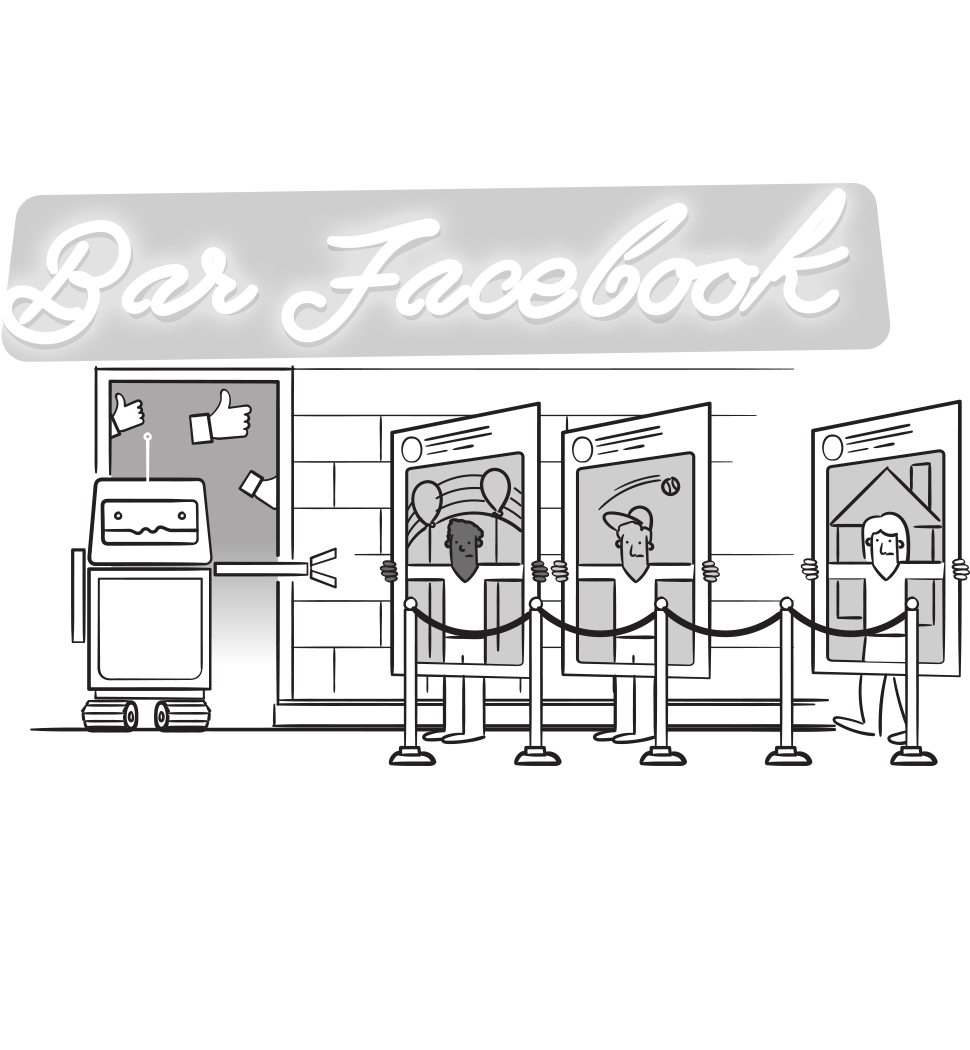Three Ways Brands Can Thrive Amid Facebook’s Latest Algorithm Changes

What are brands to do when the world’s largest social media network, Facebook, announces updates to its newsfeed in an effort “to bring people closer together and build relationships”?
Yes, you could join in the frantic “the sky-is-falling” behavior that some individuals expressed on social media, but that seems like a waste of time. Let’s be serious. The shift in what content is being displayed should not be a surprise to those working in the communications field. We have been here before, like in late 2014 when the platform began tinkering with brand pages’ layouts and downplaying overly promotional content. It also appears that the criticism Facebook weathered in the aftermath of the 2016 U.S. Presidential election partially inspired some soul searching, resulting in a desire to become an outlet that positively contributes to users’ lives by fostering meaningful interactions.
So now that you have accepted that change is inevitable, check out these proactive steps brands can take to adapt to this brave new newsfeed:
- Create “customer-first” content.
One of the salient points made in Facebook’s press release about its newsfeed changes is that it seeks to promote meaningful interactions between users and downplay clickbait style posts. To inspire passion and allegiance when it comes to social audiences, brands need to be “customer-first” and invest greater resources into content development. This means brands need to reevaluate their social media strategies to ensure they are grounded in what audiences really want/need and how audiences want to receive it. Diving into social listening and analytics is a great first step toward this end. Questions to consider include: What are people already talking about within my industry? What style of content garners the most engagement? What type of engagement is my content getting? Thereafter, brands can build out content that encourages engagement, such as periodic live videos or reoccurring content series—all things that make brands more human.
- Humanize your content.
This shouldn’t be new to many brands, but this pivot presents an opportunity to publish content that is more focused on humans. What might this look like? If looking inward, institutions can explore creating posts that humanize the brand and its internal culture. Two brands (who we love!) that do this well are beauty brand Glossier and purveyors of short-shorts Chubbies. Their approaches to Facebook publishing offer a sense of authenticity and approachability that resonates with their audiences and has led to each brand skyrocketing in popularity.
Additionally, brands should be looking to leverage influencer marketing efforts, as this will help alleviate some of the declining newsfeed reach. Influencers maintain genuine relationships with their audiences, so there is a greater likelihood of their content appearing on individuals’ newsfeeds versus a brand’s. The key is to identify influencers who are appropriate for carrying out the brands’ messages and who have the desire to create meaningful and authentic content on behalf of the brand. This type of work, it must be noted, often involves paying influencers, which can vary according to their clout, but when done right, the payoff for extending a brand’s voice is considerable.
- Refresh your paid social advertising strategy.
To quote the Wu-Tang Clan, “Cash rules everything around me,” and social media platforms are no exception. Facebook’s algorithm updates mean that brands will increasingly need to run more ads to reach newsfeeds versus relying on organic reach, which has been declining for awhile now. That said, we can already anticipate people saying, “But I don’t have a big budget,” which is a fair point Planit often hears from clients.
With that in mind, paid media and social teams will need to ensure their social advertising efforts include tactics that users will want to engage with, such as incorporating video assets. This will also require brands to have a firm grasp on the behaviors and interests of their target audience to work in tandem with their new, stronger content. Such approaches will help to ensure whatever your budget for paid social activities, be it boosting content or creating advertisements, works harder for your organization.
——-
Despite the reoccurring worry around Facebook’s algorithm, these changes aren’t all bad. Advertisers and content creators alike benefit from the platform’s prioritization of stronger content as it supports Facebook’s primary goal of building relationships through likes, shares, and comments. Spending more money on a better targeted ad campaign will mean that authentic brands reach more relevant people: those that will engage and convert more qualified leads for products or services. As time passes, this may also lead to stronger audience insights as brands see more valuable conversions and conversations. Although these changes are daunting, implementing them will allow brands to develop a more authentic digital relationship between themselves and consumers.